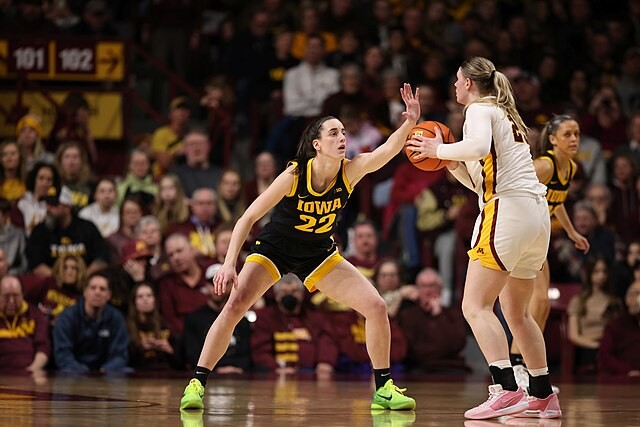BleedGopher
Well-known member
- Joined
- Nov 11, 2008
- Messages
- 63,634
- Reaction score
- 21,863
- Points
- 113
Per RandBall:
It would be nice if the Gophers athletics budget was as simple as 1-2-3, but nothing related to money and college sports is easy these days.
Instead, recent developments have showed us the financial math at the University of Minnesota broadly and the athletic department specifically is as complicated as 6-7-8.
As in: Tuition for in-state undergrads at the Twin Cities campus is going up 6.5% next season, academic programs are getting cut by 7% and the athletic department projects an $8.75 million deficit between revenues and expenses in 2025-26.
The math, as they say, is not math-ing.
The only easy part is understanding why the athletic department has such a gap. At this time last year, the Gophers’ budget presented by AD Mark Coyle was projected at around $150 million.
This year, Coyle is projecting revenues at $165.47 million and expenses at $174.22 million.
The additional revenue largely seems to come from TV and media money paid out by the Big Ten. That was pegged at about $63 million in the 2024 fiscal year while estimates have put it around $75 million for the 2025 fiscal year, a bump of $12 million.
The additional expenses are almost all from settled lawsuits that allow schools to pay their athletes. The Gophers are paying the full allowable amount, about $20.5 million, a huge new expense that accounts for about 12% of their budget.

 www.startribune.com
www.startribune.com
Go Gophers!!
It would be nice if the Gophers athletics budget was as simple as 1-2-3, but nothing related to money and college sports is easy these days.
Instead, recent developments have showed us the financial math at the University of Minnesota broadly and the athletic department specifically is as complicated as 6-7-8.
As in: Tuition for in-state undergrads at the Twin Cities campus is going up 6.5% next season, academic programs are getting cut by 7% and the athletic department projects an $8.75 million deficit between revenues and expenses in 2025-26.
The math, as they say, is not math-ing.
The only easy part is understanding why the athletic department has such a gap. At this time last year, the Gophers’ budget presented by AD Mark Coyle was projected at around $150 million.
This year, Coyle is projecting revenues at $165.47 million and expenses at $174.22 million.
The additional revenue largely seems to come from TV and media money paid out by the Big Ten. That was pegged at about $63 million in the 2024 fiscal year while estimates have put it around $75 million for the 2025 fiscal year, a bump of $12 million.
The additional expenses are almost all from settled lawsuits that allow schools to pay their athletes. The Gophers are paying the full allowable amount, about $20.5 million, a huge new expense that accounts for about 12% of their budget.

RandBall: Where’s the money? Gophers budget shortfall raises questions
The University of Minnesota athletic department projects a nearly $9 million budget deficit this season. How to close it remains to be seen.
Go Gophers!!


